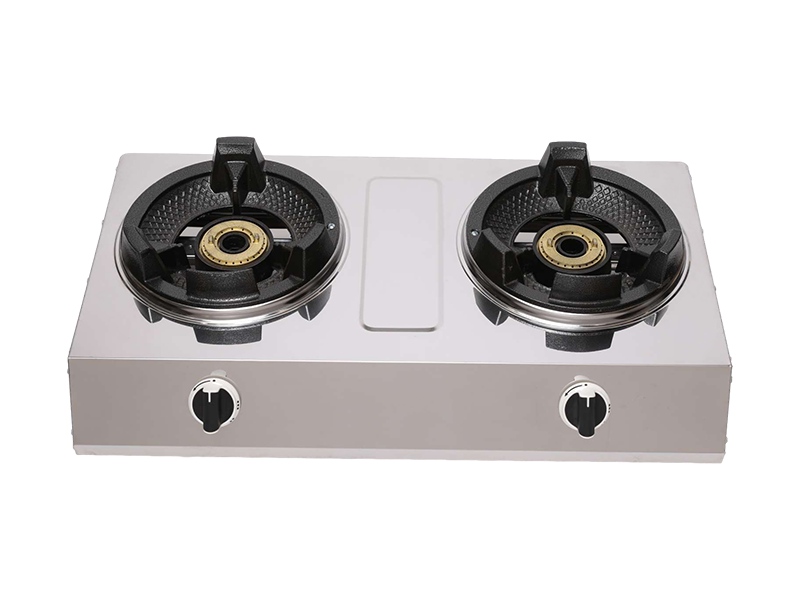
Choosing the right gas stove is important for any commercial kitchen’s efficiency and success. High pressure and standard pressure gas stoves each have distinct advantages and are meant for different kinds of cooking and business environments. The paper compares the two in detail, highlighting their pros, cons, and where they can be best applied in various commercial settings.
Advantages of High-Pressure Gas Stoves
Intense Heat Output: These types of stoves provide concentrated powerful flames hence highly useful during searing, stir frying or when boiling large amounts of liquid within a very short time.
Faster Cooking Times: Consequently, such stoves reduce cooking times significantly by producing more heat making them efficient during peak hours in kitchens. This makes them particularly useful in high-volume environments like busy restaurants and catering services.
Versatility: They can handle big pots as well as heavy duty kitchen tasks hence applicable across various culinary activities. Therefore, they are good for a commercial kitchen that needs to cook fast to meet client demands.

Ideal Applications:
Restaurants with High Turnover: Speed as well as power are crucial elements required by high-pressure stoves which are what restaurants that serve many customers at once benefit from.
Catering Services: Companies involved in event organization need these stoves because they help prepare low quantities of food within very short periods.
Specialty Kitchens: Restaurants that specialize in cuisines needing high heat cooking methods such as Asian or Mexican will find this type beneficial due to its intense heat output.
Advantages of Standard Pressure Gas Stoves
Energy Efficiency: As opposed to high-pressure models, standard pressure gas stoves consume less fuel which makes them more energy efficient hence economical to use over the long run.
Consistent Heat: Slow-cooking, simmering and baking call for controlled flame output; hence standard pressure ranges give out uniform energy levels suitable for such purposes only,
Ease of Use: Standard pressure stoves are often easier to use and control making them ideal for different cooking tasks and personnel of varying skills levels in kitchens.
Ideal Applications:
Bakeries and Cafes: Consistent heat is obtained from standard pressure stoves hence this makes them ideal for restaurants that need accurate temperature control when baking or preparing delicate foods.
Small Restaurants and Bistros: When not requiring the energy typical of high-pressure stoves, smaller establishments can save on power using standard pressure ranges.
Teaching Kitchens: Standard pressure stoves have been chosen as they are easy to operate; culinary schools and training programs can therefore make use of them for teaching students the basics of gas cooking.
The choice between high-pressure and standard pressure gas stoves will depend on your business specific needs and priorities. Therefore, these types of ovens are designed so as to be able to accommodate huge volumes of food quickly. Conversely, standard pressure gas stoves are more suited for environments where precise temperature control is needed mainly due to their energy efficiency.
Businesses can enhance their kitchen operations as well as meet their culinary goals effectively by understanding the advantages peculiar to each type. Going for a right stove benefits not only cooking efficiency but also enhances a business’s overall success as well as sustainability.